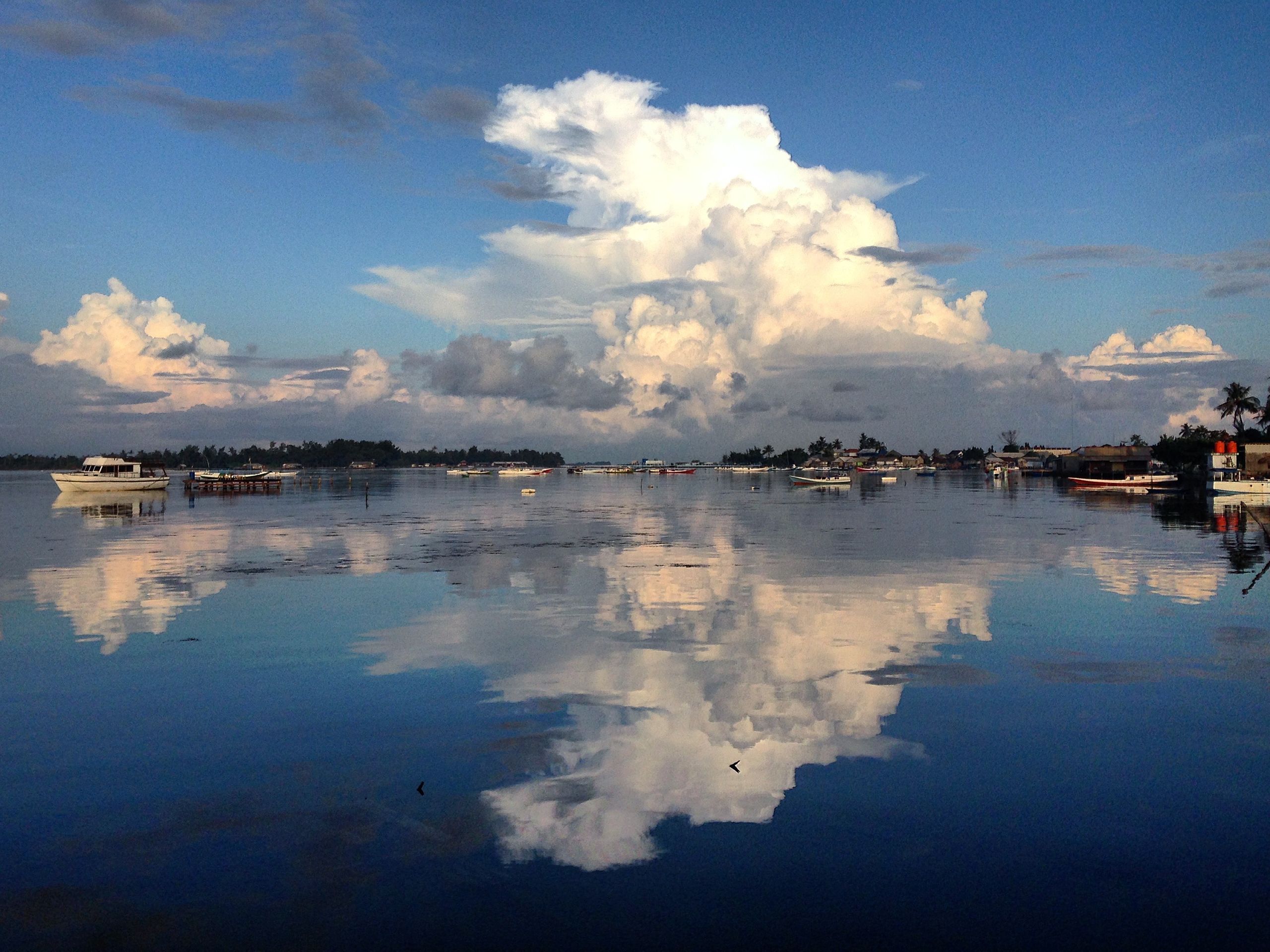Uruguay
प्रकाशित: 27.04.2024
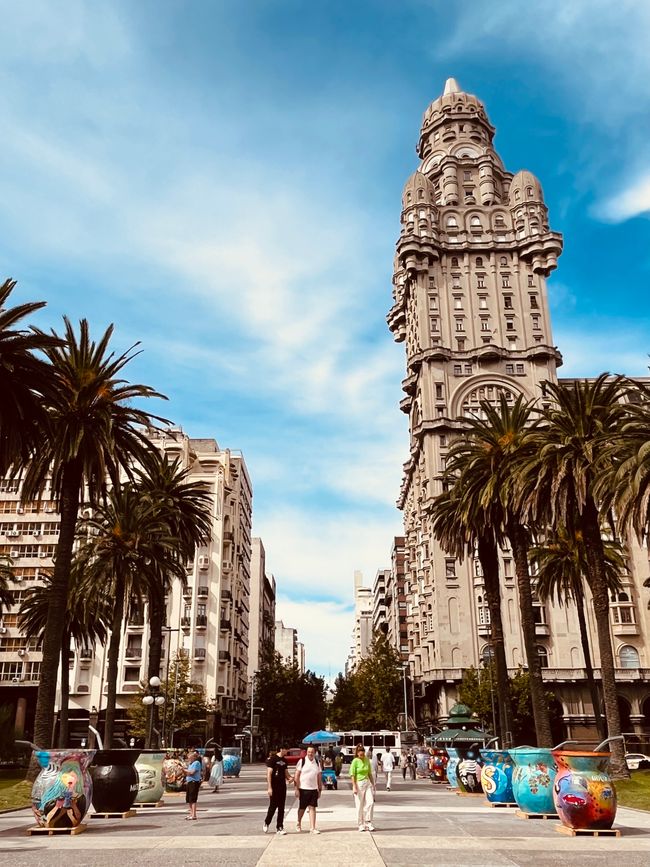
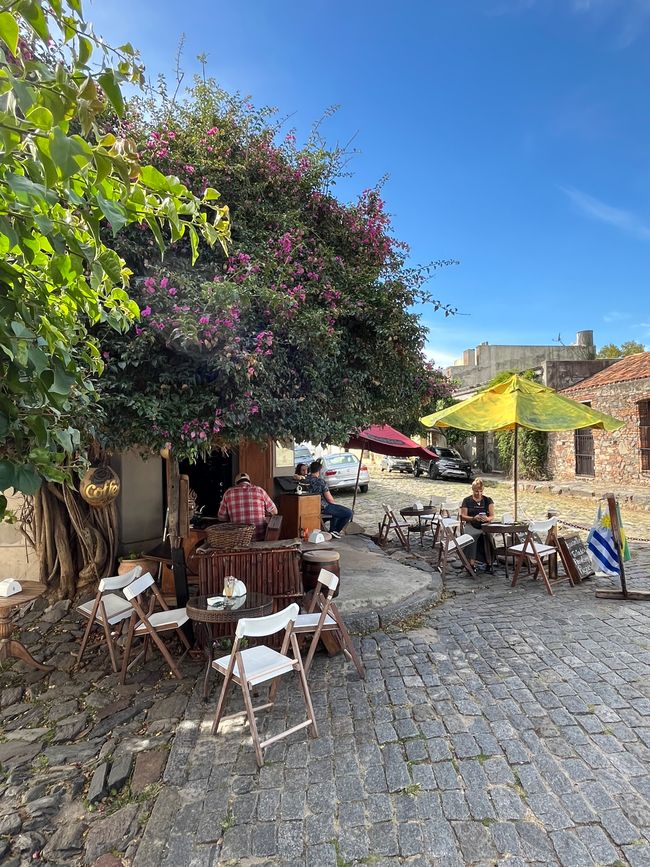
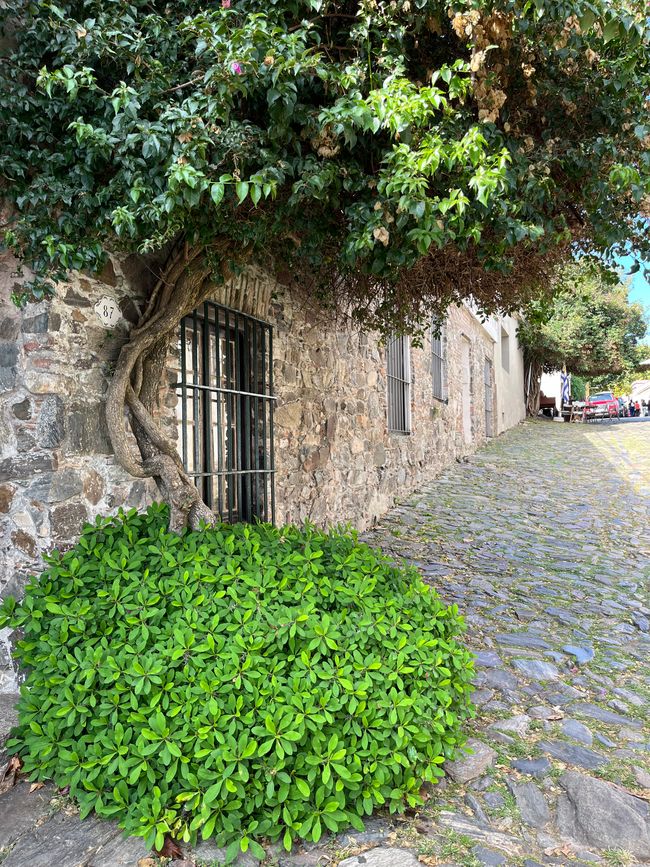
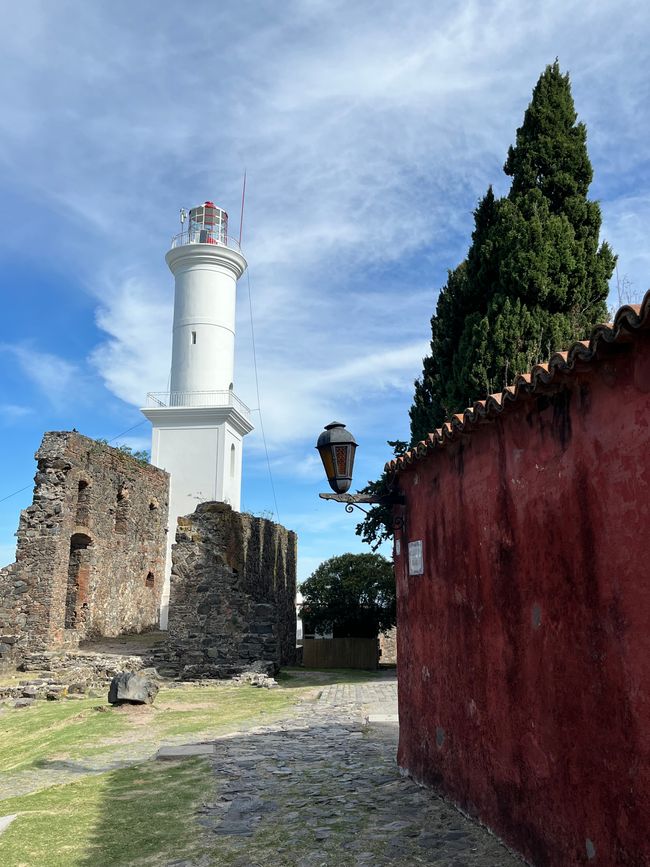
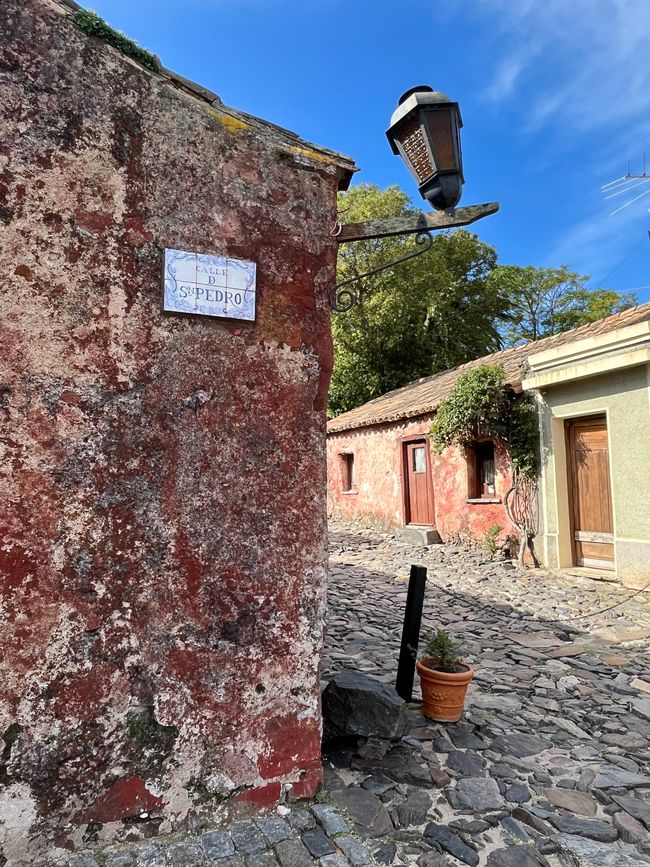




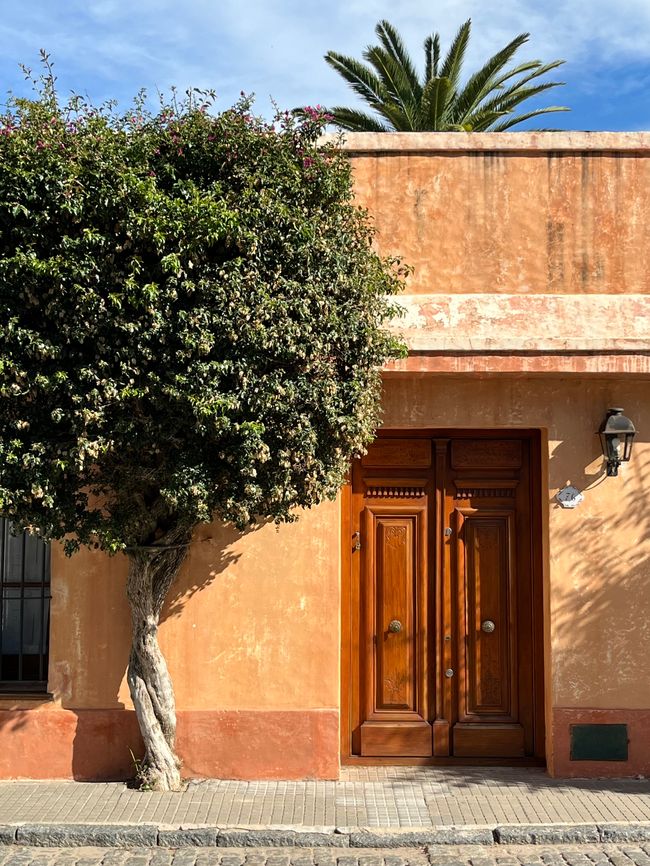
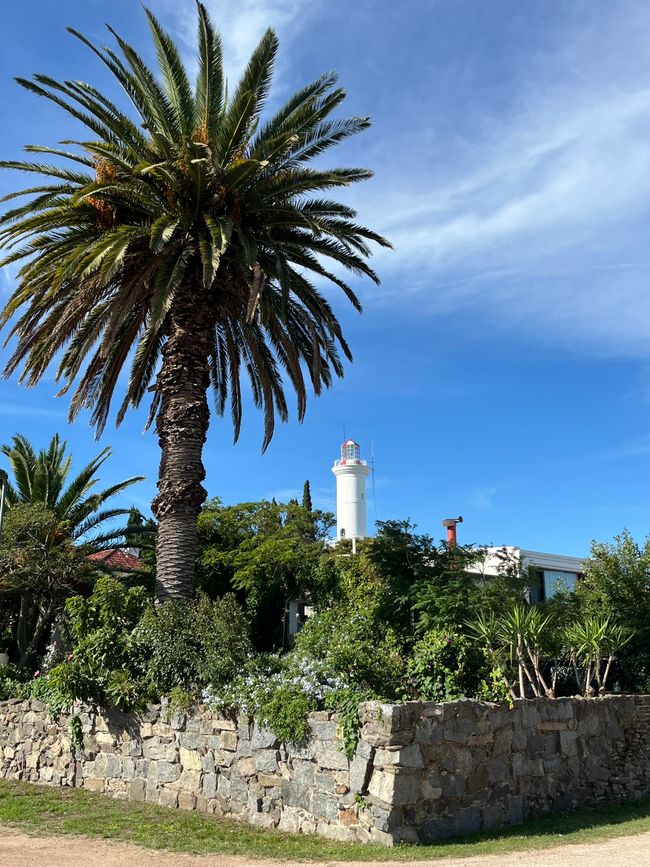
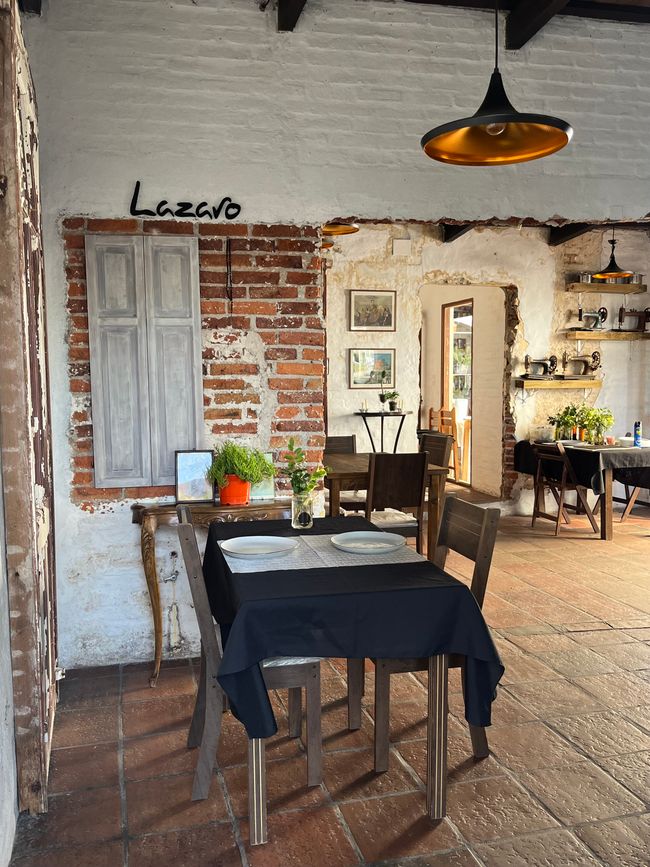
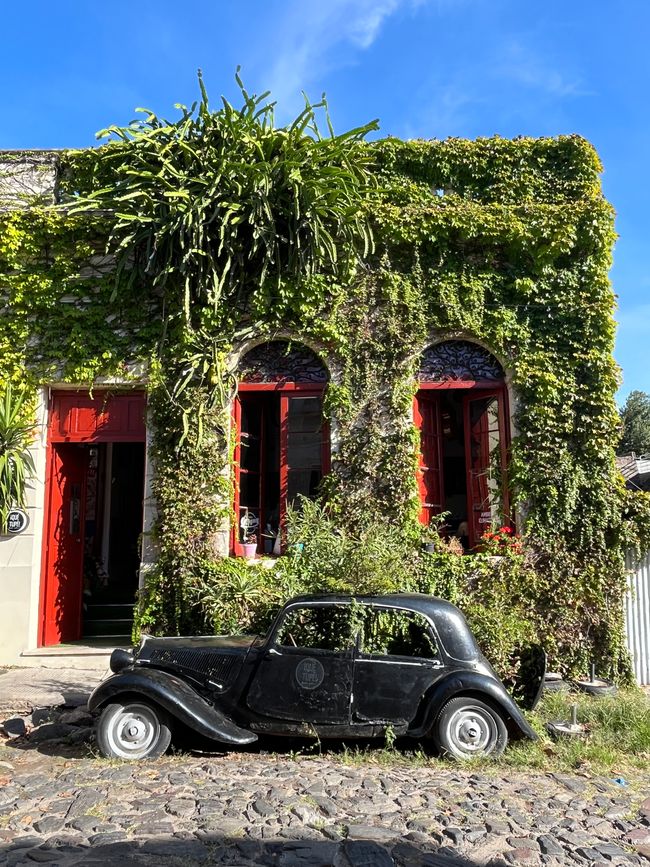
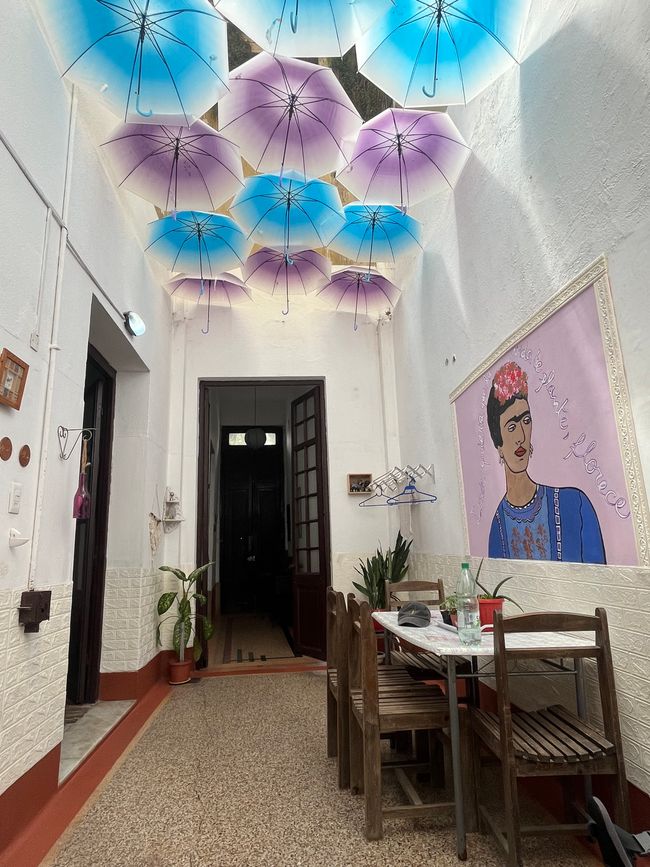
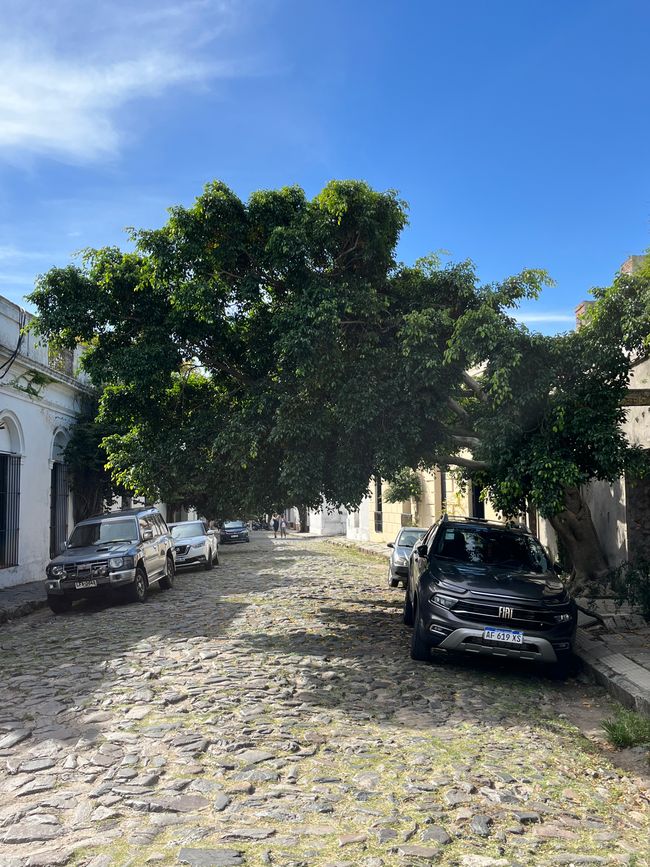
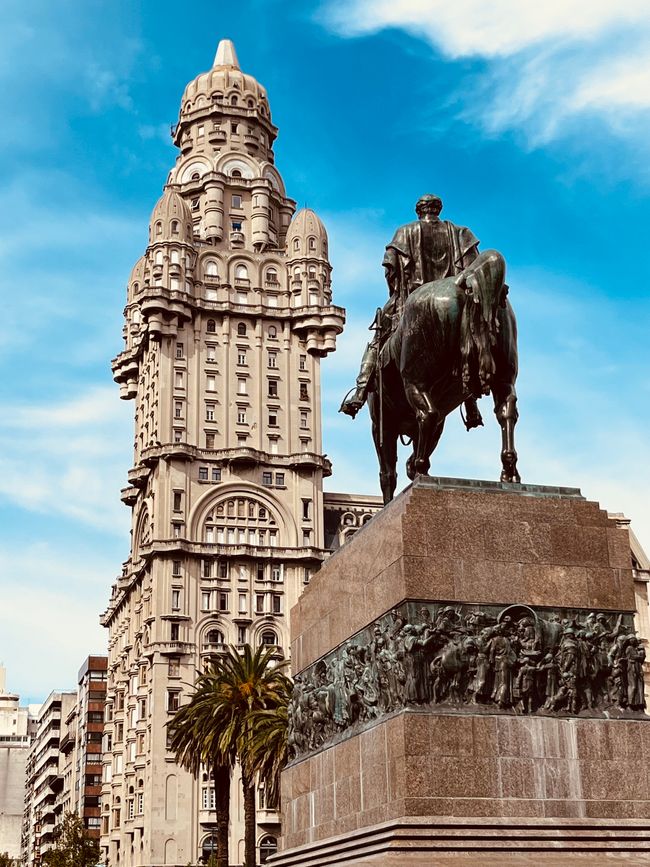
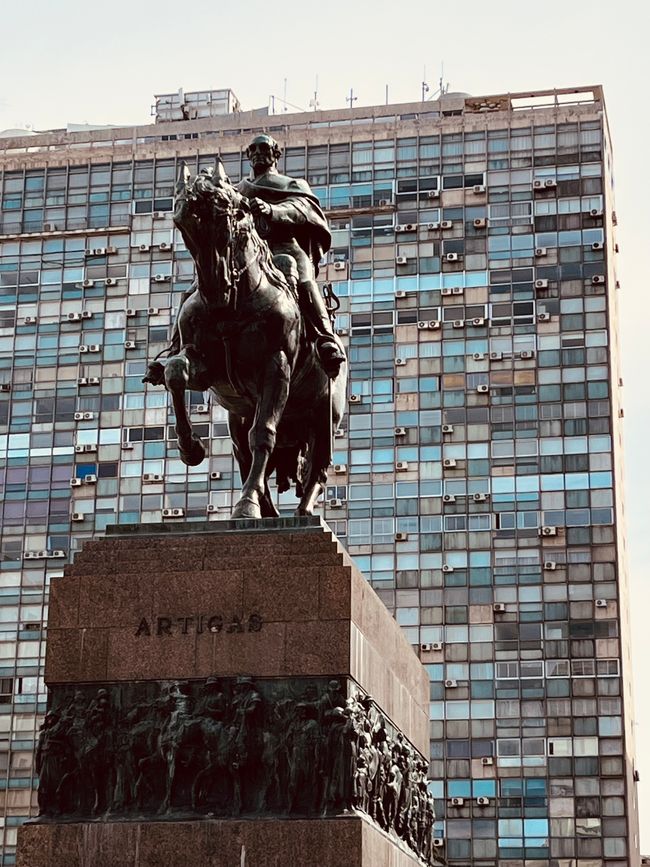

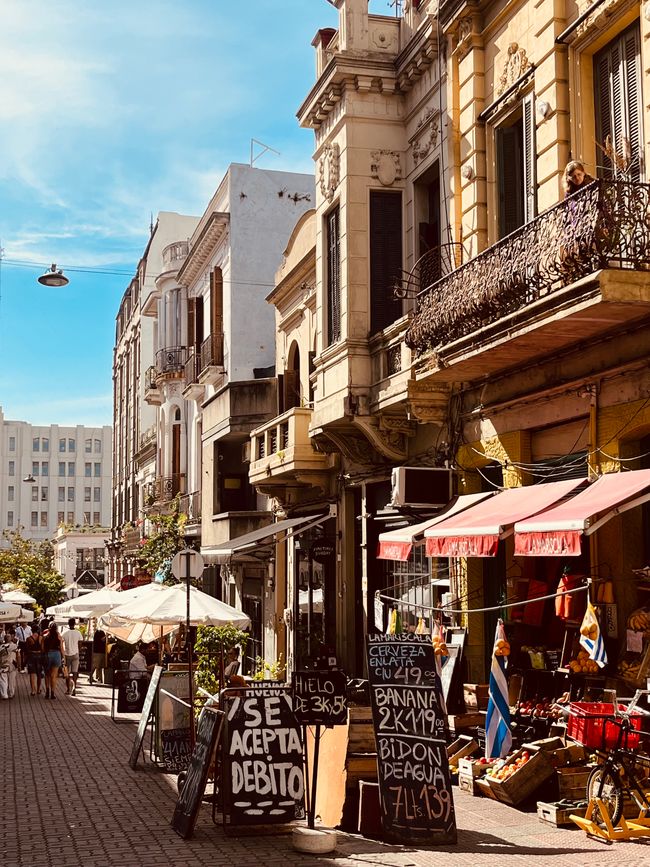
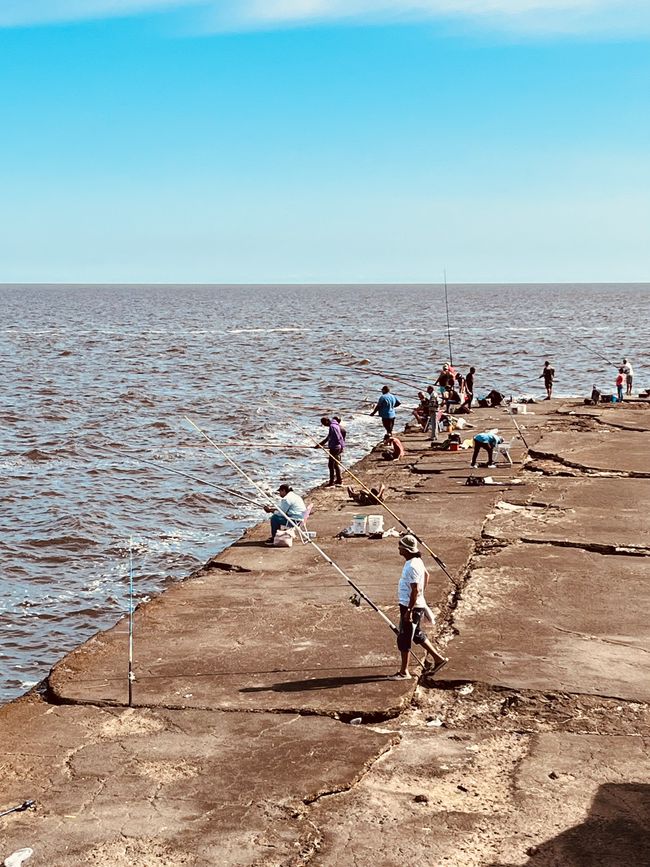
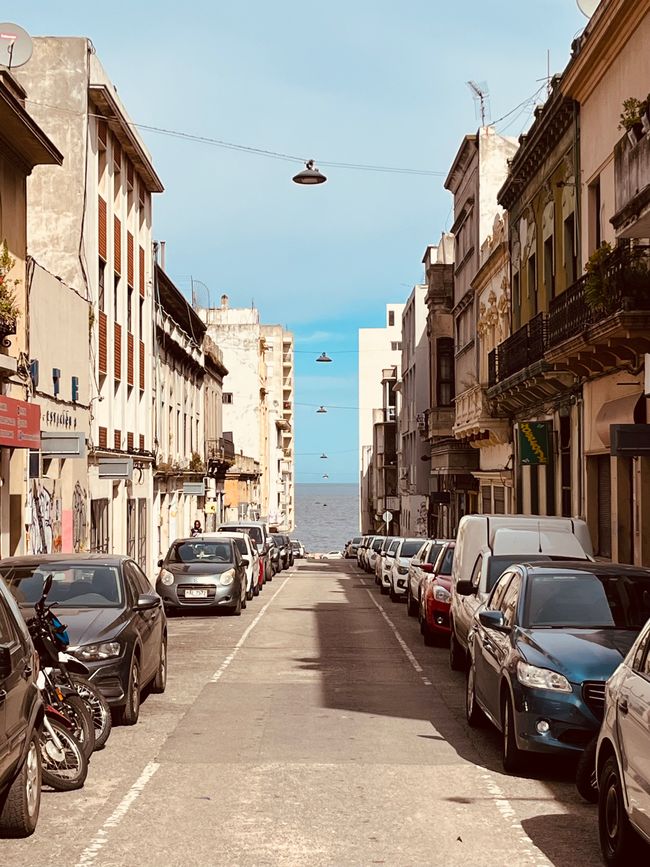
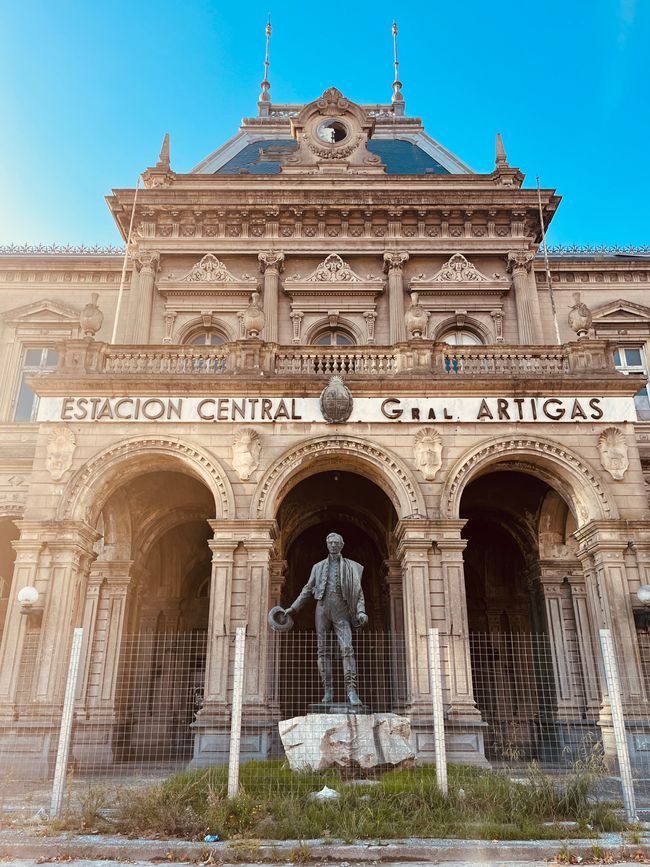
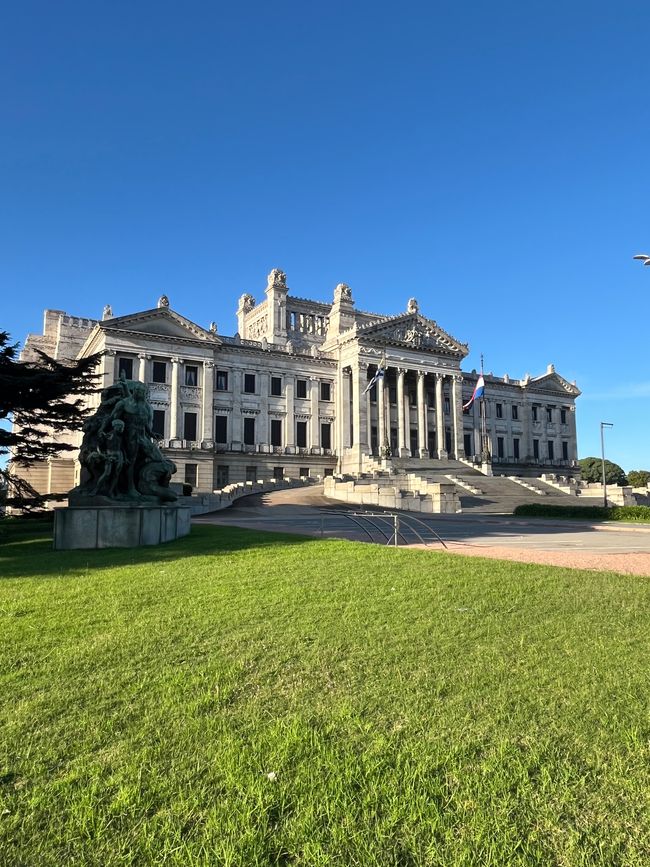

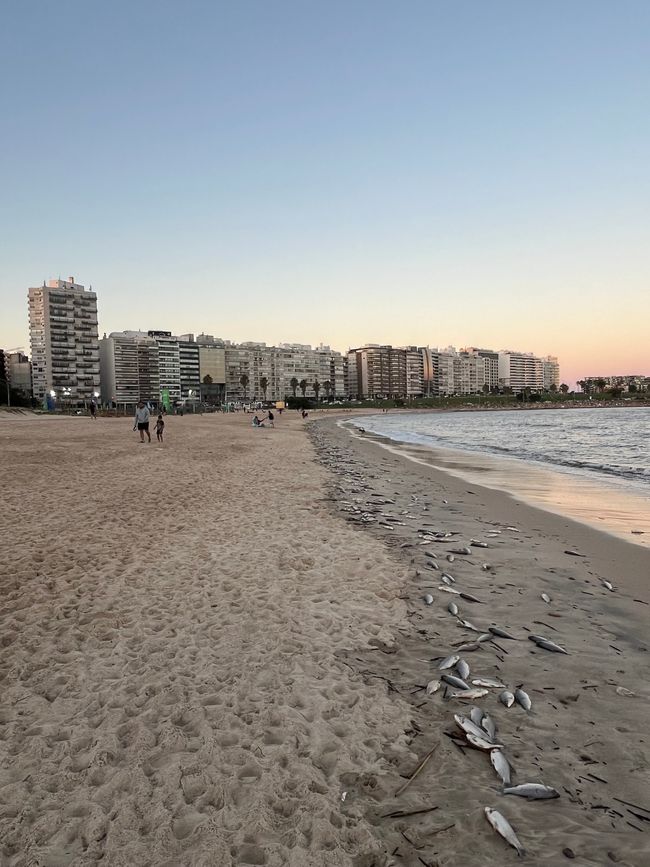
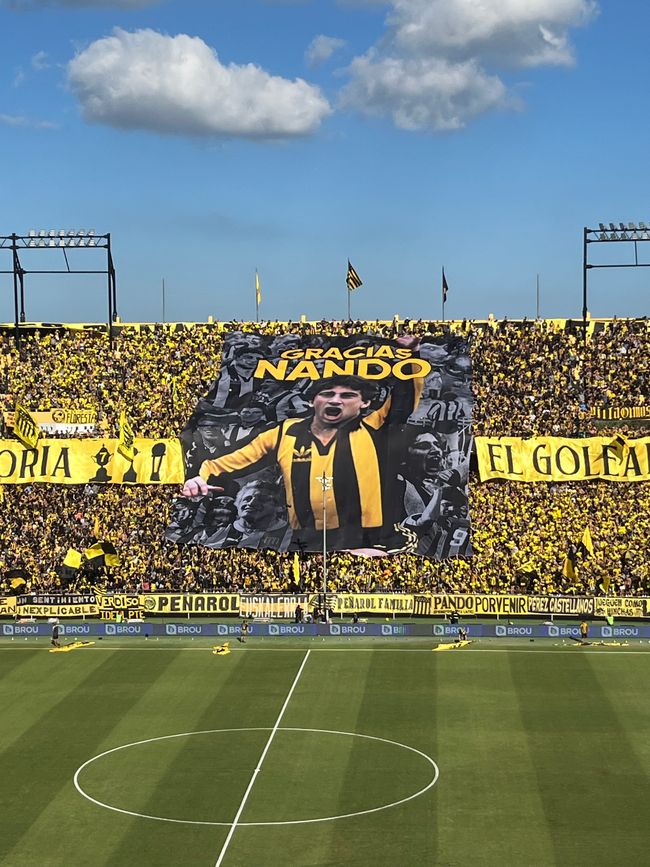
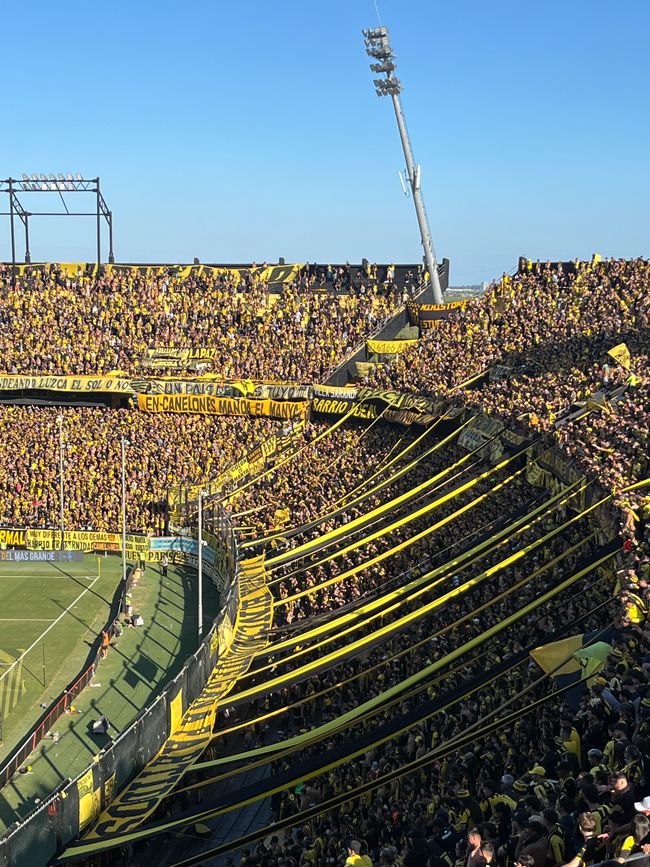
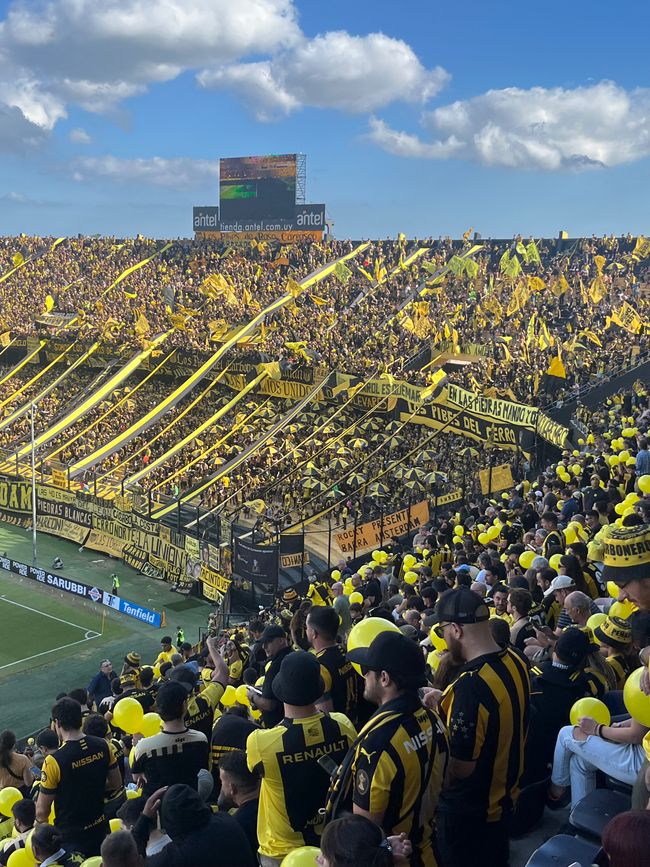
न्यूजलेटर के सब्सक्राइब करू
If you board the ferry in Buenos Aires heading for Uruguay, you can take a gondola to Montevideo in around 4 hours, or you can decide to stop off in Colonia del Sacramento, the oldest city in Uruguay, whose old town was declared a World Heritage Site by UNESCO in 1995. So get on the cutter and head full speed through the estuary of the two rivers Paraná and Uruguay - generally known as the Rio de la Plata (Silver River). The state border between Argentina and Uruguay runs through the Rio de la Plata and you also visually pass through a clear cut on the approximately one and a half hour journey - shortly after leaving the ferry port in Buenos Aires, the water turns into a dark brown and brackish broth - clouded by the high amount of clayey mud.

When you arrive in Uruguay, you immediately notice the idyllic tranquility of the small town of Colonia - a very pleasant contrast to bustling Buenos Aires. On the other hand, the thousands of mosquitoes are a negative, as they also seem to prefer the provinces and immediately attack every square centimeter of skin that hasn't been sprayed with mosquito repellent. To be honest, I've never seen such a mass of penetrating bloodsuckers before. It's annoying, but with the right protective measures, it's bearable. The colonial-style accommodation, right on the edge of the old town, is also quickly reached and is really chic, so you can set off on a tour of discovery. The old town of Colonia with its old houses and cobblestone streets and alleys is pleasing and you immediately get the feeling of having arrived in another time. Between old fortifications, overgrown house entrances and all kinds of relics from times gone by, you can while away the time wonderfully, strolling through the alleys and losing yourself in thoughts about what life was like here 350 years ago. Half a day is enough for that, though, because the size of the old town is quite manageable and not too crowded. The influx of tourists is also generally limited and after a long stroll you can relax and enjoy a much too expensive beer in one of the numerous and lovingly designed bars. This is immediately noticeable upon arrival in Uruguay - the enormous price difference to the neighboring country. Expensive is a flattery, the price level for everyday goods is somewhere between Switzerland and Norway, and you get tears in your eyes when you look at the price tags - a large beer for 9 euros, I had only partially expected something like that in South America. Reasons for the high prices include the relatively strong local peso and the great dependence on imports. Consumers have practically no opportunity to obtain inexpensive foreign consumer goods. However, the exact reasons for the pricing policy are quite complex and anyone who is interested can get an overview in the depths of the Internet - there are numerous interesting articles on the subject.

After spending the night in Colonia, we set off the next day by bus towards the capital city of Montevideo. The journey along the coast takes about 2 hours and the landscape is dominated by agricultural land and rural areas. All kinds of old-fashioned vehicles cross our path and here, too, you get the feeling that time has somehow stood still.
You arrive in Montevideo quite relaxed and rested, move into the very nice and rustic accommodation and set off on a tour of discovery through the metropolis with its 1.3 million inhabitants. It is Easter weekend and everyone who can afford it has left the city. Large gatherings of relatives in the countryside or somewhere by the sea are a tradition in Uruguay at this time of year. The city seems deserted and many shops are closed. There is a strange atmosphere in the streets. You wonder what it is like here during everyday life and during the week. Somehow it doesn't really fit together, a capital with almost no people. In general, the appearance of Montevideo is quite difficult to classify. There are many old buildings and you often find yourself amazed by decorated facades or completely oversized house entrances. However, quite a lot of these magnificent buildings are empty, slowly falling into disrepair or rotting away. In general, it seems a bit as if the splendor of the old days has faded a bit. Like an old lady, Montevideo presents itself proudly and full of splendor, knowing that the glory days are probably over and yet it is still quite beautiful to look at. I kind of like it - patina as far as the eye can see and in between, the odd architectural sin in the style of socialist modernism. Sometimes, when you let your eyes wander, you don't know whether you are in Belgrade or Cuba. But you quickly realize that it is probably this mix that makes Montevideo seem so strange and yet strangely beautiful. You just can't get used to it, but you also can't get enough of the charm of times gone by. It really fits that the city seems deserted and somehow you have the feeling that someone is about to come and dismantle the backdrop between which you are currently moving. The old main train station in Montevideo, the Estación Central General Artigas, a 130-year-old magnificent building in the center of the city, also fits in with this. After numerous changes of ownership and legal disputes, it was shut down, closed and left to its fate around the turn of the millennium. So the beautiful building is left to rot away, abandoned to its fate, and from here on, no vehicle will ever again travel on tracks in the city, let alone leave the station - what a pity.

One of the city's landmarks is located directly on Plaza Independencia, which was built in 1836. Between numerous historical buildings and the old city gate is the Palacio Salvo. With its height of 105 m, it was the tallest building in South America until 1935. The building is really beautiful to look at in the Art Deco style, but if you look carefully you can also spot one or two flaws and work to preserve the facade will probably be urgently needed in the near future.

What else is there to see? A few city beaches that are also great for strolling. It seems a bit like a miniature version of Copacapana - without the hustle and bustle and without all the crazy people. There were all kinds of dead fish lying around in the surf on the beach - strange. Unfortunately, none of the locals knew the cause of the fish deaths.

Montevideo is also home to the Estadio Centenario, the largest football stadium in the country and a historic football temple. The final of the first World Cup in 1930 between the host country and Argentina took place here. 93,000 spectators witnessed Uruguay being crowned the first football world champions. Due to its history, the stadium was declared the only world football monument to date by FIFA in 1983.
The original plan to watch a game in this temple was unfortunately ruined one match day before arrival, as a spectator thought it would be a good idea to throw a stone at the head of the referee during a league game. The referees then went on strike and the entire game plan was temporarily put on hold.
Football was still watched, and no less a game than the Superclasico del futbol uruguayo, the meeting of by far the two most famous and successful clubs in the country – both based in Montevideo: Penarol against Nacional.

After long negotiations between the referee unions and the association and the resulting safety assurances for the referees, it was decided to reschedule this match at short notice despite the events, knowing full well how important this match is for the people and football in general in Uruguay.
Why the new stadium, which opened in 2016 (which is hardly distinguishable from the old stadiums here on the continent), was built 25 km outside the city, even though this leads to enormous problems when arriving and departing with only one road connection back to the center, remains a mystery. Nevertheless, we set off for the stadium with 40,000 football-mad locals. Due to past events in the league, the Clasico is generally played without guests. But that doesn't spoil the atmosphere and the place is already packed well before kick-off and the Penarol fans are loudly showing off their singing skills. When kick-off happens, it's a huge spectacle for the eyes and ears: smoke, rockets, firecrackers and huge block flags above the stands - all in black and yellow, the club colors of Penarol. I like the color combination and the loud fans also make a strong impression. As the game progresses, the mood unfortunately deteriorates somewhat, in line with the course of the game (the game ends 0:0), and people limit themselves to loud insults towards the referees. The game is interrupted several times because of the constant projectiles being thrown at the opposing players and referees. At times, several heavily armed cops carrying shields join the linesmen.
A final metal projectile, which I think is probably a hip flask, causes some excitement just before the end, but nothing more happens. It seems that these are completely normal South American conditions for a football match of this magnitude.
As my two fellow travelers got lost in an unfamiliar block and thought it would be a good idea to immediately get into one of the overcrowded buses after the final whistle and drive back to the city, my departure was a bit complicated. After a long wait at the stadium, I realized the mistake and there were only a few buses going into the city, so I tried to somehow get a ride into the city - without cash or mobile internet. Unfortunately, I was checked again and without a ticket I was not allowed on the bus. Unfortunately, payment was only possible in cash and therefore not feasible for me. After a long discussion, I was sent away and considered the option of hitchhiking back to the city. One of the potential passengers, however, felt sorry for the German who was running away and gave me the equivalent of $1.50 for the ticket - thank you.
After a few days it was time to say goodbye. There is still a lot to discover here - but it was just too expensive for me to stay for longer. Ciao Uruguay.
न्यूजलेटर के सब्सक्राइब करू
उत्तर
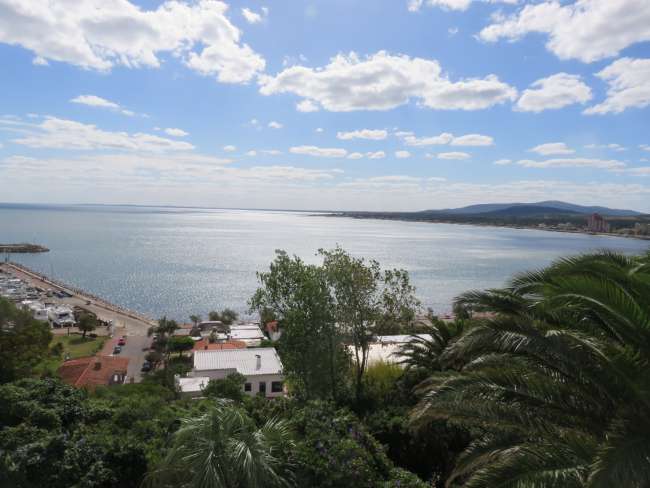
यात्रा रिपोर्ट उरुग्वे
